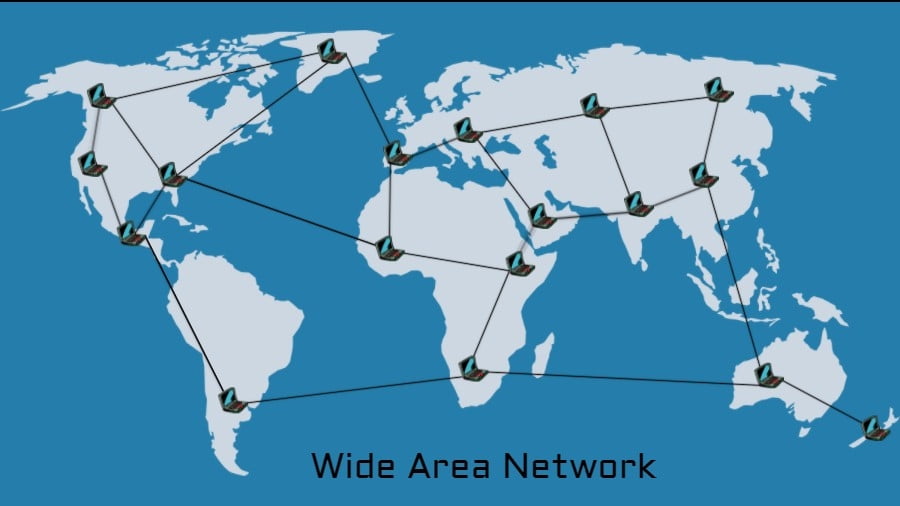The Heart of Digital Infrastructure
Unveiling the World of Data Centers
Introduction: In the era of digital transformation, data centers serve as the beating heart of the global information ecosystem. This blog post delves into the intricate world of data centers, uncovering the critical role they play in powering the digital services and applications that define our connected world.
Section 1: The Essence of Data Centers Begin by defining what a data center is and its primary functions. Discuss how data centers are centralized facilities that house computing resources, including servers, storage systems, networking equipment, and infrastructure to manage and process vast amounts of data.
Section 2: Types of Data Centers Explore the different types of data centers that cater to diverse needs. Discuss enterprise data centers, colocation data centers, and cloud data centers. Highlight the distinctions between on-premises data centers and those hosted by third-party providers.
Section 3: Infrastructure Components Delve into the key components that constitute a data center’s infrastructure. Discuss servers, storage systems, networking equipment, power and cooling systems, and security measures. Explain how the layout and design of data centers optimize for efficiency, reliability, and scalability.
Section 4: Power and Cooling Considerations Address the critical role of power and cooling in data center operations. Discuss the significant energy requirements of data centers and explore strategies for optimizing power usage efficiency (PUE). Highlight innovations in cooling technologies to maintain optimal operating temperatures.
Section 5: Security Measures in Data Centers Highlight the paramount importance of security in data center operations. Discuss physical security measures, access controls, surveillance systems, and cybersecurity protocols. Emphasize how data centers safeguard sensitive information and ensure the integrity of digital assets.
Section 6: Cloud Computing and Data Centers Explore the relationship between data centers and cloud computing. Discuss how cloud service providers rely on extensive data center infrastructure to deliver scalable and on-demand computing resources. Explain the advantages of cloud services hosted in geographically distributed data centers.
Section 7: Edge Computing and Distributed Data Centers Discuss the emergence of edge computing and its impact on data center architecture. Explore how distributed data centers at the edge enhance latency-sensitive applications, enabling faster response times and improved user experiences.
Section 8: Sustainability and Green Data Centers Address the growing importance of sustainability in data center operations. Discuss initiatives and technologies aimed at reducing environmental impact, including the use of renewable energy sources, energy-efficient hardware, and responsible waste management.
Section 9: Data Center Trends and Innovations Examine current trends and innovations shaping the future of data centers. Discuss topics such as modular data center designs, software-defined infrastructure, artificial intelligence for predictive maintenance, and the integration of 5G technology.
Conclusion: Summarize the central role that data centers play in enabling the digital age. Emphasize their contribution to the seamless operation of applications, services, and technologies that define our interconnected world.
Closing Call-to-Action: Encourage readers to share their thoughts on data centers or inquire about specific aspects of data center operations. Invite them to stay informed about evolving technologies and trends that continue to shape the landscape of data center infrastructure.








